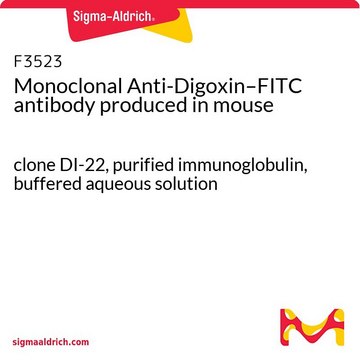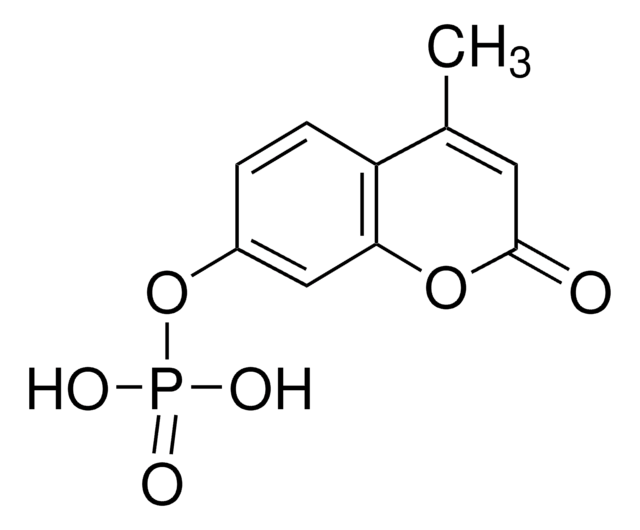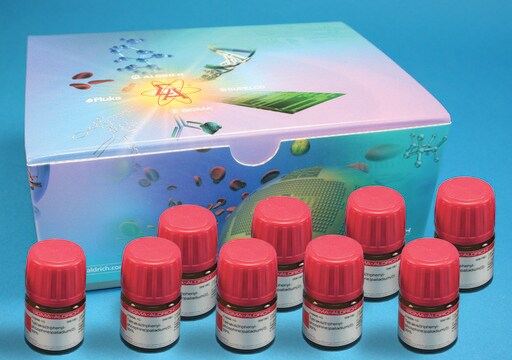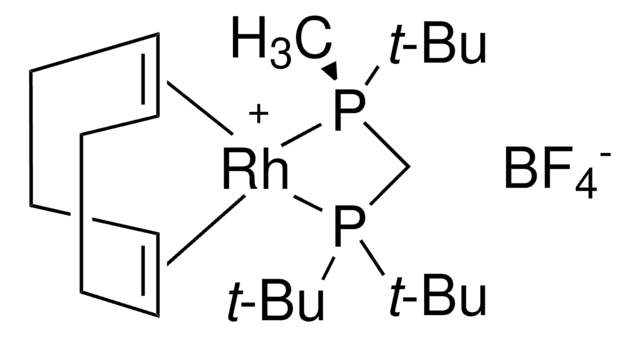D8156
Monoclonal Anti-Digoxin antibody produced in mouse
clone DI-22, ascites fluid
Sinónimos:
Monoclonal Anti-Digoxin
About This Item
Productos recomendados
biological source
mouse
Quality Level
conjugate
unconjugated
antibody form
ascites fluid
antibody product type
primary antibodies
clone
DI-22, monoclonal
contains
15 mM sodium azide
technique(s)
dot blot: suitable
flow cytometry: suitable
indirect ELISA: 1:10,000 using digoxin-BSA
indirect ELISA: 1:2,500 using digoxigenin-transferrin
isotype
IgG1
shipped in
dry ice
storage temp.
−20°C
target post-translational modification
unmodified
¿Está buscando productos similares? Visita Guía de comparación de productos
General description
Specificity
Immunogen
Application
- enzyme-linked immunosorbent assay (ELISA)
- dot blot
- flow cytometry
- fluorescence in situ hybridization (FISH)
- DNA hybridization
- in-situ hybridization (ISH)
- immunodetection of the probe and chromosome X
Biochem/physiol Actions
Disclaimer
¿No encuentra el producto adecuado?
Pruebe nuestro Herramienta de selección de productos.
Storage Class
12 - Non Combustible Liquids
wgk_germany
nwg
flash_point_f
Not applicable
flash_point_c
Not applicable
Elija entre una de las versiones más recientes:
¿Ya tiene este producto?
Encuentre la documentación para los productos que ha comprado recientemente en la Biblioteca de documentos.
Nuestro equipo de científicos tiene experiencia en todas las áreas de investigación: Ciencias de la vida, Ciencia de los materiales, Síntesis química, Cromatografía, Analítica y muchas otras.
Póngase en contacto con el Servicio técnico






